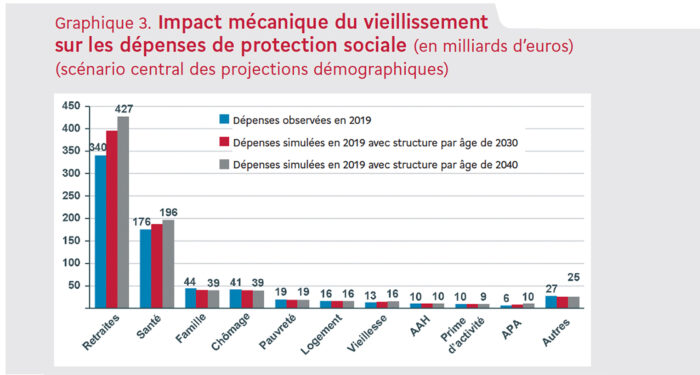At the end of January, President Emmanuel Macron confirmed his intention to produce framework legislation for reforming the French pensions system. A bill, initially intended for the spring, should be presented late in the year, the aim being to finalize the reform by summer of 2019, at which point all the various schemes should, as far as is possible, be unified. A unification of this kind is a complex and potentially risky undertaking for the executive. Nevertheless, the experience of the Agirc-Arrco supplementary schemes indicates that nothing is impossible when those involved — in particular, the social partners — and the citizens are given responsibility for their management.
The supplementary schemes were faced with increasingly worrying funding problems, particularly after the 2009 crisis, when they were in deficit and forced to draw on their reserves. In 2014 the French Court of Audit keenly urged that such schemes face up to their problems. They subsequently undertook to merge into a single scheme and reform the conditions under which the supplementary pensions were paid, so as not to imperil the overall equilibrium of the system. Pierre Chaperon describes the context in which the merger was decided, the broad terms of the National Interprofessional Agreement under which it was carried out (in October 2015), and the levers used to implement it (combining parametric measurements and systemic thinking). The success of that reorganization no doubt has much to teach us about the reform of the national pensions system that is currently in preparation.



